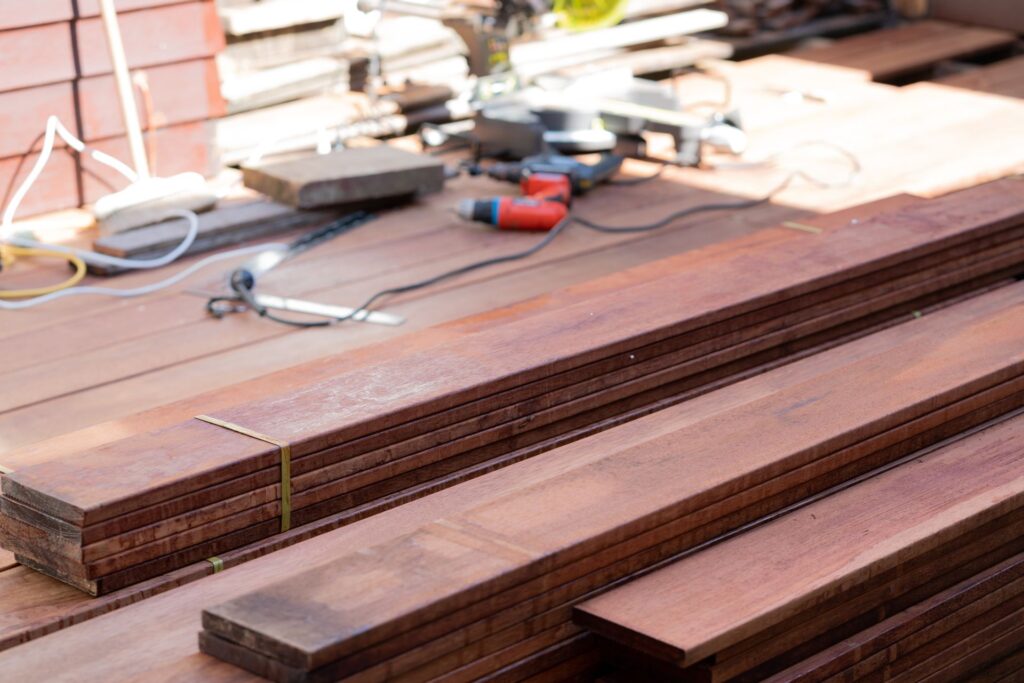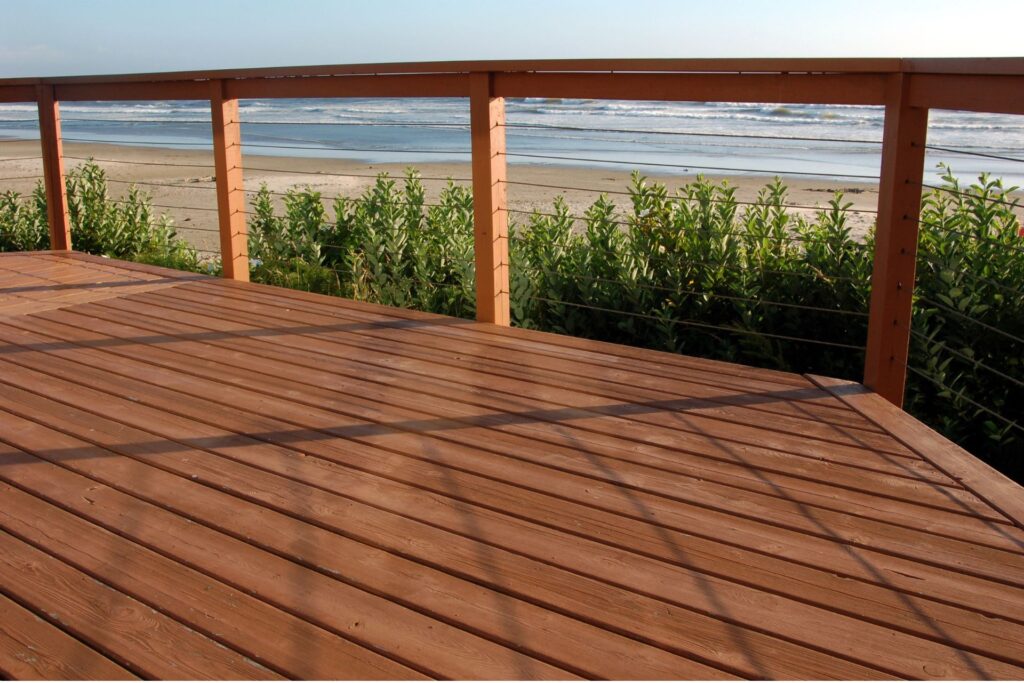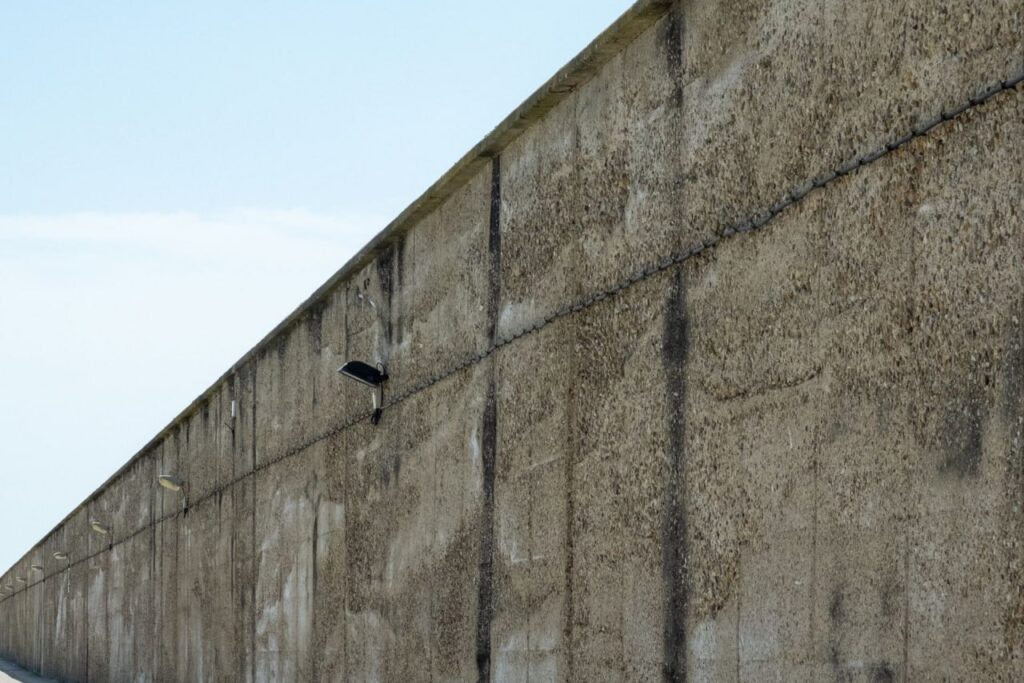Welcome to the ultimate guide on choosing between timber and composite decking in Australia, a decision that significantly impacts the aesthetic, functionality, and value of your outdoor living spaces. As Australian homeowners increasingly turn their backyards into luxurious extensions of their living areas, the choice of decking material becomes paramount. This guide is designed to navigate you through the intricacies of timber and composite decking, comparing their costs, durability, maintenance needs, aesthetic appeal, and environmental impact. Whether you’re looking to create a serene backyard retreat or a vibrant space for entertaining, understanding the pros and cons of each material will help you make an informed decision that aligns with your budget, lifestyle, and values. Let’s dive into the details and make your decking project a resounding success.
When choosing between timber and composite decking in Australia, consider factors like cost, durability, maintenance, and environmental impact. Timber decking offers a classic, natural look and can increase property value but requires regular maintenance and is less durable against pests and weather. Composite decking, made from a blend of wood fibers and plastics, is low maintenance, durable, and often made from recycled materials, but comes at a higher initial cost and may retain more heat. Timber appeals to its natural beauty and potential for higher property value, while composite decking is valued for its durability and low maintenance. Making the right choice depends on your priorities, including budget, lifestyle, and environmental concerns.
Understanding Timber Decking
Timber decking remains a perennial favorite among homeowners and designers alike, especially in Australia, where the blend of natural beauty and functionality speaks directly to the outdoor lifestyle that is so valued. This section delves into the essence of timber decking, from its historical roots to its contemporary application, shedding light on the myriad of reasons behind its popularity, while also considering the environmental and maintenance aspects that come with it.
Overview of Timber Decking
The story of timber decking in Australia is as rich and varied as the landscape itself. Historically, timber has been a fundamental part of Australian construction, not just for its abundant availability but for its durability and aesthetic appeal. The tradition of using timber for decking began as a practical solution for outdoor spaces and has evolved into a design statement that marries the indoors with the outdoors.
Today, the choice of timber for decking is vast, but Australian hardwoods like Spotted Gum, Merbau, and Jarrah stand out for their resilience, beauty, and ability to withstand the harsh Australian climate. These species not only offer a natural and warm aesthetic but are also highly valued for their strength and longevity.
Pros of Timber Decking
The allure of timber decking can be attributed to several key advantages:
Aesthetic Appeal and Natural Look: There’s an undeniable warmth and beauty to timber decking that complements any outdoor setting. Its versatility in design and texture adds character and charm to homes, creating inviting outdoor living spaces.
Potential for Higher Property Value: Quality timber decking can enhance the overall appeal of a property, potentially increasing its market value. It’s a sought-after feature for many homebuyers who value outdoor living spaces.
Renewable Resource: When sourced responsibly, timber is a sustainable choice that minimizes environmental impact. Opting for timber from certified forests ensures that your decking contributes to sustainable forestry practices.
Cons of Timber Decking
Despite its numerous benefits, timber decking also comes with considerations that require attention:
Maintenance Requirements: To maintain its appearance and longevity, timber decking needs regular care, including sealing and staining. This can be a deterrent for those looking for low-maintenance options.
Durability Concerns: Timber is naturally susceptible to elements like moisture, pests, and extreme weather, which can affect its durability over time. Proper treatment and maintenance are crucial to mitigate these issues.
Environmental Considerations: The demand for timber decking contributes to deforestation concerns. It’s vital to choose timber that is Forest Stewardship Council (FSC) certified, ensuring it comes from responsibly managed forests. This step is crucial in mitigating the environmental impact of timber decking projects.

Exploring Composite Decking
Exploring the world of outdoor decking, particularly composite decking, is an exciting journey for homeowners and builders alike. Composite decking has transformed outdoor living spaces with its innovative design and practical benefits. In this section, we delve into the nitty-gritty of composite decking, covering its definition, composition, advantages, and disadvantages. Our aim is to provide a comprehensive guide that enlightens and assists in making informed decisions for your decking projects.
Overview of Composite Decking
Definition and Composition
Composite decking refers to a building material made from a blend of wood fibers, plastics, and other recycled materials. This concoction is engineered to mirror the appearance of natural wood while enhancing durability and reducing maintenance. The materials used in composite decking are typically sourced from reclaimed or recycled resources, making it an eco-friendly option for those looking to minimize their environmental footprint.
Evolution in the Market
The evolution of composite decking is a testament to technological advancements in the construction industry. Initially introduced in the late 20th century, composite decking was developed as an alternative to traditional wood decking, which requires regular maintenance and is susceptible to environmental damage. Over the years, manufacturers have refined the composition and manufacturing processes of composite decking to improve its aesthetic appeal, durability, and environmental sustainability. Today, composite decking stands as a popular choice for residential and commercial outdoor spaces, thanks to its long lifespan and minimal upkeep.
Pros of Composite Decking
Low Maintenance
One of the most significant advantages of composite decking is its low maintenance requirements. Unlike natural wood, composite decking does not need staining, sealing, or sanding to maintain its appearance and integrity. This feature makes composite decking a cost-effective and time-saving option for those who prefer to enjoy their outdoor spaces without the hassle of constant upkeep.
Durability and Resistance
Composite decking is renowned for its durability and resistance to pests, rot, and adverse weather conditions. The materials used in its construction provide a protective barrier against the common issues that plague natural wood decking. This resilience translates to a longer lifespan and better value for money in the long run.
Environmental Impact
Opting for composite decking is a step towards environmental responsibility. Most composite decking products are made from recycled materials, reducing the demand for virgin timber and minimizing waste. This eco-friendly attribute aligns with the growing trend towards sustainable building practices and materials.
Cons of Composite Decking
Higher Initial Cost
While composite decking is cost-effective in the long term due to its low maintenance, the initial purchase and installation cost can be higher than that of timber decking. This upfront investment may be a deterrent for some, though it’s important to consider the long-term savings in maintenance and replacement costs.
Aesthetic Considerations
Although composite decking has come a long way in mimicking the natural look of wood, some products may still fall short of achieving the same organic appearance and texture. This difference is a matter of personal preference and varies across manufacturers and product lines.
Heat Retention
Composite decking materials can retain heat when exposed to direct sunlight for prolonged periods. This characteristic might make the decking uncomfortable to walk on barefoot during hot summer days. Selecting lighter colors and considering the placement of your decking can mitigate this issue to some extent.
In conclusion, composite decking offers a blend of durability, low maintenance, and environmental sustainability, making it an attractive option for many. However, weighing its pros and cons is crucial in determining if it’s the right choice for your specific needs and preferences. Whether you’re a homeowner planning a backyard oasis or a builder seeking reliable materials for your next project, understanding the intricacies of composite decking can guide your decision toward a successful and satisfying outcome.

Cost Comparison
When embarking on the journey of adding or renovating a deck, homeowners are often confronted with a multitude of decisions. Among these, choosing the right material is paramount, not only for the aesthetic and functional aspects of the project but also for its financial implications. This section delves into the cost comparison between the two most popular decking materials, examining initial installation costs, long-term financial commitments, and overall cost-effectiveness. Our aim is to provide you with a detailed financial blueprint, enabling you to make an informed decision that aligns with your budget and lifestyle needs.
Initial Installation Costs: Setting the Foundation
The initial installation cost is the first financial hurdle in your decking project. This includes the price of materials and labor. Material costs can vary widely based on the choice between traditional wood decking and composite alternatives. Wood, known for its natural beauty and warmth, often comes with a lower upfront cost compared to composite materials. However, the type of wood chosen (e.g., pressure-treated lumber, cedar, or exotic hardwoods) can significantly impact the price. Composite decking, praised for its durability and minimal maintenance requirements, carries a higher initial price tag but offers a broader range of aesthetic options and finishes.
Labor costs for installation are another critical factor. These can be influenced by the complexity of the design, the geographic location of the property, and the current demand for skilled contractors. It’s important to get multiple quotes and consider the reputation and experience of the contractor, as this can greatly affect both the upfront cost and the quality of the finished project.
Long-term Costs: Looking Beyond the Horizon
While the initial outlay is often the focal point of budget planning, the long-term costs associated with maintenance, repairs, and eventual replacement can paint a very different picture of overall affordability. Wood decking, despite its initial cost advantage, requires regular maintenance, including staining, sealing, and repair of damage from weather or insects. These ongoing costs can accumulate over time, diminishing the initial savings.
Conversely, composite decking’s higher upfront cost is mitigated by its minimal maintenance requirements. Made from a blend of wood fibers and plastics, these materials resist fading, staining, and insect damage, needing only occasional cleaning to maintain their appearance. The longevity of composite decking also means that replacement costs are a less frequent consideration, potentially offering better value over the life of the deck.
Cost-effectiveness Over the Life of the Decking: Calculating the True Value
To truly understand the cost-effectiveness of your decking material choice, it’s essential to look at the total expenditure over its expected lifespan. This includes the initial installation, ongoing maintenance, repair costs, and eventual replacement. While wood decking may have a lower upfront cost, continuous maintenance, and shorter lifespan can lead to higher expenses in the long run. Composite decking, with its higher initial cost but lower maintenance, often proves to be more cost-effective over time, offering a better return on investment through durability and ease of care.
Choosing between wood and composite decking materials ultimately comes down to balancing your immediate budget with your long-term financial and lifestyle goals. By considering both the upfront and ongoing costs, you can select a decking option that not only enhances your home’s outdoor space but also aligns with your financial planning, ensuring a valuable addition to your home for years to come.
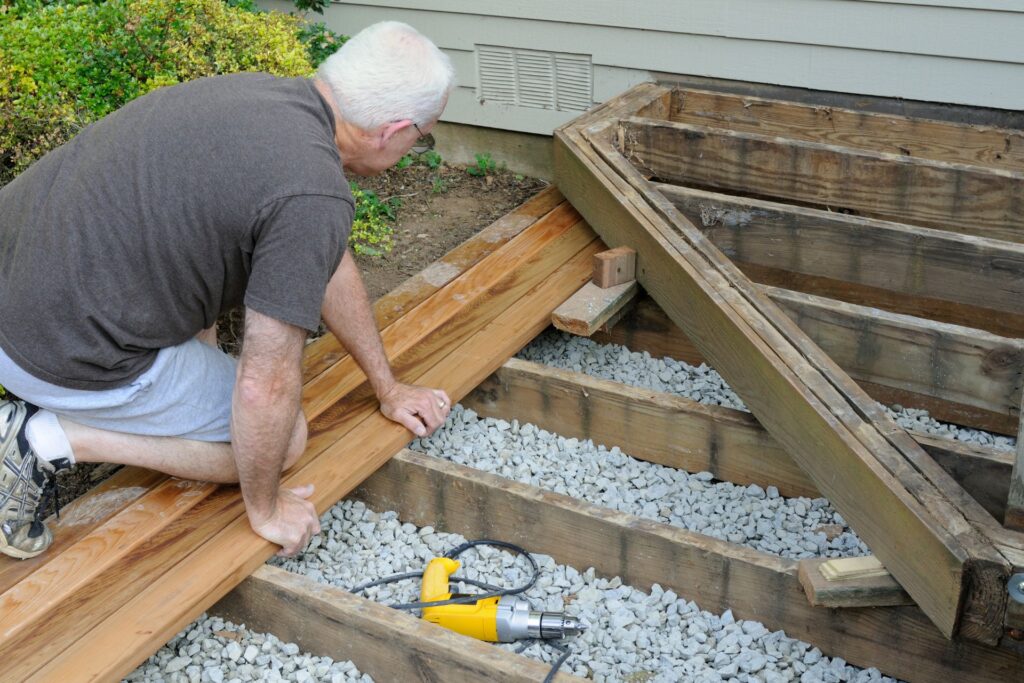
Durability And Maintenance
When it comes to selecting the perfect decking for your outdoor space, understanding the durability and maintenance requirements of your options is crucial. Australian homeowners often find themselves weighing between timber and composite decking, each with its unique set of characteristics, especially when factoring in Australia’s diverse climate conditions. In this guide, we’ll dive deep into the comparison of timber versus composite decking in terms of lifespan, maintenance needs, and how they each stand up to the Australian climate.
Timber Decking: Natural Charm with Maintenance Commitment
Timber decking has been a long-standing favorite among homeowners for its natural aesthetic and warmth. However, its beauty comes with a need for regular maintenance to maintain its condition and extend its lifespan. Typically, timber decking can last anywhere from 10 to 20 years, depending on the type of wood, with hardwoods generally offering a longer lifespan than softwoods.
The key to maximizing the lifespan of timber decking lies in regular maintenance. This includes annual cleaning, staining or oiling, and checking for any signs of wear or damage. These steps are essential to protect the wood from the elements, particularly from moisture which can lead to rotting, warping, or splitting. Despite the effort required, the reward is a stunning, natural deck that ages beautifully if properly cared for.
Australian climate conditions pose a unique challenge to timber decking. The intense sun can fade and dry out the wood, while high humidity levels can encourage the growth of mould and mildew. Coastal homes also face the risk of salt damage. Choosing a timber species that is naturally resistant to these conditions, combined with diligent maintenance, can help mitigate these effects.
Composite Decking: Durability and Ease of Maintenance
Composite decking, on the other hand, offers a modern alternative designed for longevity and low maintenance. Made from a blend of wood fibers and plastic, it mimics the look of wood while providing enhanced durability. Composite decks can easily last over 25 years with minimal maintenance, making them an attractive option for those looking for longevity.
One of the biggest advantages of composite decking is its low maintenance. Unlike timber, it does not require staining, oiling, or sealing, making it ideal for busy homeowners. A simple wash with soap and water is typically enough to keep it looking fresh. Composite decking is also resistant to rotting, warping, and termite damage, which are common issues with timber decks.
In the context of the Australian climate, composite decking stands out for its resistance to weather-related wear and tear. It is designed to withstand extreme temperatures, UV exposure, and moisture, making it a suitable option for a wide range of Australian environments, from hot and dry interiors to humid coastal areas.
Making the Right Choice for Your Home
Choosing between timber and composite decking ultimately comes down to personal preference, budget, and willingness to commit to maintenance. Timber decking offers a traditional and natural look but requires regular care to maintain its beauty and longevity. Composite decking, while often more expensive initially, offers ease of maintenance and greater durability, particularly in the challenging Australian climate.
In making your decision, consider not just the upfront cost but also the long-term maintenance expenses and the value of your time. Whichever option you choose, both timber and composite decking can provide a beautiful and functional outdoor living space that enhances your home and lifestyle.

Aesthetic And Design Considerations
Creating an inviting outdoor space is a key element of the Australian lifestyle, where the sun shines generously, and gatherings are a beloved tradition. The choice between timber and composite decking is not just a matter of durability or cost, but also a significant design decision. In this section, we delve into the aesthetic and design considerations that differentiate timber from composite decking, how each option can be customized to suit your taste, and their synergy with the laid-back, outdoor-centric Australian way of life.
Timber Decking: Natural Beauty and Timeless Charm
Timber decking is renowned for its natural beauty, offering a warmth and authentic charm that is hard to replicate. Each plank tells a story, with grain patterns and color variations that add character and a unique touch to your outdoor space. The look and feel of timber decking resonate with nature lovers and those who appreciate a traditional aesthetic. It seamlessly integrates with the Australian landscape, from coastal retreats to bushland hideaways, enhancing the natural surroundings.
Timber decking allows for a high degree of customization in terms of stains and finishes. You can choose a natural look to let the beauty of the wood shine through or opt for a variety of stains to match your outdoor decor and personal style. However, it’s worth noting that timber requires regular maintenance to preserve its appearance and longevity, including sealing, staining, or painting.
Composite Decking: Modern Innovation and Versatility
Composite decking, on the other hand, represents modern innovation in outdoor living. Made from a blend of wood fibers and recycled plastics, it offers a more uniform look and comes in a wide range of colors and finishes. This material caters to homeowners seeking a low-maintenance solution without sacrificing style. Composite decking is resistant to fading, staining, and the harsh Australian climate, making it a practical choice for busy households or those who prefer to spend more time enjoying their outdoor space rather than maintaining it.
The versatility of composite decking in design and customization is one of its standout features. Manufacturers have made significant strides in replicating the look of natural wood, offering options that closely mimic timber’s texture and color variance. Moreover, composite materials can be manipulated into various shapes and sizes, allowing for unique design possibilities that might be challenging to achieve with natural wood.
Complementing the Australian Outdoor Lifestyle
Both timber and composite decking have their place in the Australian outdoor lifestyle. Timber decking brings a slice of nature into your backyard, creating a cozy and inviting space that encourages relaxation and connection. It’s ideal for those who value the timeless appeal and warmth of natural materials.
Composite decking, with its durability and minimal maintenance, suits the modern Australian family’s busy lifestyle. It provides a safe, worry-free environment for children and pets to play, and its resilience against wear and tear means it’s ready to host your next BBQ, pool party, or a quiet afternoon in the sun at a moment’s notice.
In conclusion, whether you lean towards the rustic charm of timber or the contemporary ease of composite decking, both materials offer unique advantages in aesthetics, design flexibility, and lifestyle compatibility. Your choice will reflect your taste, lifestyle, and how you envision your outdoor living space. Ultimately, the right decking material is the one that allows you to create a seamless extension of your home where memories are made and cherished under the Australian sky.
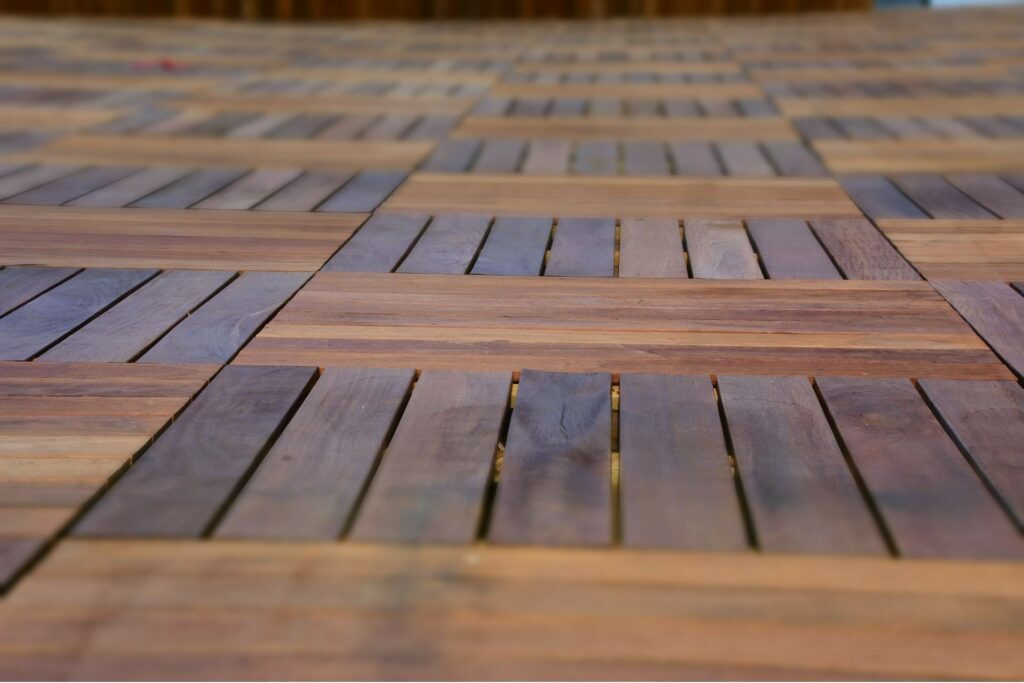
Environmental Impact
In today’s environmentally conscious world, the choice of decking materials goes beyond aesthetics and durability; it extends to the ecological footprint left behind by these materials. As homeowners and builders become more eco-aware, the sustainability of timber decking versus the recycled nature of composite materials has come under scrutiny. This guide aims to delve into this subject, offering insights into why making environmentally responsible choices in decking materials is not just a trend but a necessity for a healthier planet.
Timber Decking: Natural Beauty with a Cost?
Timber decking has been a long-time favorite for its natural appearance and the warmth it brings to outdoor spaces. However, its environmental impact is a mixed bag. On one hand, wood is a renewable resource. When sourced from responsibly managed forests, timber decking can be a sustainable option. Certification schemes like FSC (Forest Stewardship Council) or PEFC (Programme for the Endorsement of Forest Certification) assure consumers that the wood has been harvested in an environmentally friendly and socially responsible manner.
Yet, the sustainability of timber decking extends beyond its source. The treatment processes wood undergo to become durable enough for outdoor use often involve chemicals that can be harmful to the environment. Moreover, the longevity of timber decking is generally lower than its composite counterparts, leading to more frequent replacements and, consequently, a higher environmental toll over time.
Composite Decking: A Recycled Alternative
Composite decking emerges as an eco-friendly alternative, boasting a blend of recycled wood fibers and plastics. This innovative combination not only utilizes materials that would otherwise contribute to landfill waste but also offers enhanced durability and maintenance benefits. Composite decks resist fading, staining, scratching, and mold, and they require no sanding, staining, or sealing. This not only reduces the need for harsh cleaning chemicals but also prolongs the life span of the deck, diminishing its environmental impact through reduced resource consumption and waste.
Moreover, the production processes of many composite decking materials have evolved to become more energy-efficient, further lowering their carbon footprint. Some brands are dedicated to achieving a closed-loop manufacturing process, where nearly 100% of factory waste is recycled back into new products.
The Importance of Environmentally Responsible Choices
Choosing between timber and composite decking isn’t just a matter of aesthetics or durability; it’s about considering the long-term environmental impact of these materials. Environmentally responsible choices help reduce deforestation, decrease waste in landfills, and minimize the use of harmful chemicals. By opting for sustainable timber or high-quality composite decking, homeowners and builders can contribute to a healthier ecosystem.
Sustainable living practices are increasingly becoming integral to our global community’s ethos. The materials we choose for our homes, including decking, play a crucial role in this movement. By prioritizing products that offer both environmental benefits and operational efficiency, we can enjoy our outdoor spaces knowing we’ve made choices that benefit our planet.
In conclusion, when it comes to decking, the decision between timber and composite materials is significant. It’s not just about the immediate impact on your outdoor space but also about the broader implications for our environment. By making informed, responsible choices, we can ensure that our love for beautiful, functional outdoor areas doesn’t come at the Earth’s expense.
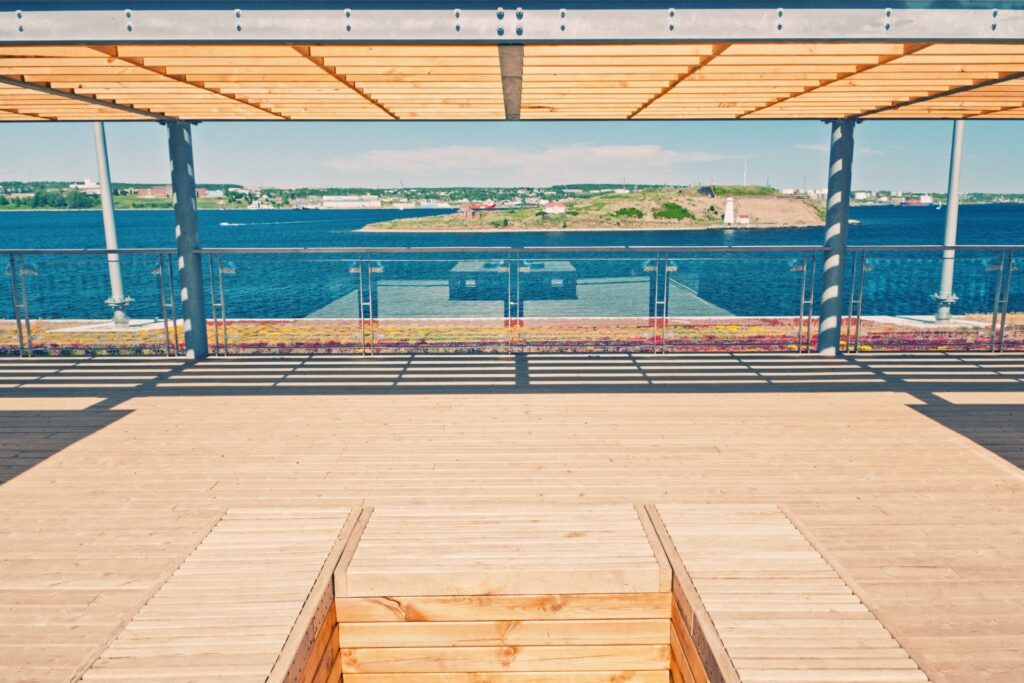
Making Your Decision
When it comes to making informed decisions, especially in realms that touch upon aspects of budget, lifestyle, environmental values, and aesthetic preferences, it’s crucial to approach the process with a comprehensive understanding of all facets involved. In this segment, we’ll guide you through summarizing key points from previous discussions, encouraging a holistic view that respects your priorities and values. This method ensures that your final choice aligns closely with what matters most to you, embodying a decision that’s both satisfying and sustainable.
Key Points
Before arriving at a decision, it’s essential to revisit the core insights from each section. This recap will serve as a condensed version of the broader discussion, highlighting the crucial elements that should influence your decision-making process. Whether it’s the cost implications, the long-term benefits versus immediate satisfaction, the impact on your lifestyle, or the environmental footprint of your choice, having these summaries at hand simplifies the complexity of the information, making it more accessible and easier to navigate.
Considering Diverse Factors
The decision-making journey is deeply personal and varies significantly from one individual to another. It involves a balanced consideration of several critical factors:
Budget: Financial constraints or freedoms play a pivotal role. Assessing what you can afford not just now but in the long run is key.
Lifestyle: Your daily routines, habits, and personal preferences should align with the decision you’re about to make. It’s about enhancing your life, not complicating it.
Environmental Values: In an era where sustainability is increasingly important, how your decision impacts the planet is a crucial consideration.
Aesthetic Preferences: Never underestimate the importance of how much joy and satisfaction the aesthetics of your choice will bring into your life.
Encouraging Personal Reflection
While guidance and advice can be invaluable, the essence of making a decision that you’ll be content with lies in personal reflection. Weighing the pros and cons isn’t just about listing them on a piece of paper; it’s about understanding how each pro and con aligns with what you value most.
Are you willing to compromise on certain aspects to ensure alignment with your environmental values? Does the aesthetic appeal hold as much weight as the functional benefits? These are the types of questions that, when answered honestly, can guide you toward a decision that feels right on multiple levels.
Making a decision, especially one that significantly impacts your life, can be a daunting process. However, by methodically summarizing key points, considering all relevant factors, and encouraging a deep dive into your priorities and values, the path becomes clearer. Remember, the best decision is one that resonates with your core values and promises satisfaction and fulfillment in the long run. Trust in your ability to assess the information at hand and make a choice that best suits you. After all, the journey to making a decision is as important as the decision itself.

FAQs: About Timer VS Composite Decking Australia
Conclusion
Choosing the right decking material is crucial for enhancing outdoor living spaces in Australia, a decision that significantly impacts the aesthetics, durability, maintenance, and value of your home. Timber decking, known for its natural beauty, requires regular maintenance to withstand the elements, whereas composite decking offers a low-maintenance, durable alternative that mimics the look of timber. This choice not only transforms your outdoor space into a haven for relaxation and entertainment but also reflects on your lifestyle needs and sustainability preferences. We invite you to share your experiences and thoughts on timber versus composite decking. Your insights can guide homeowners in making informed decisions and creating outdoor spaces that are not only beautiful but functional and sustainable. Whether you’ve navigated the challenges of maintaining timber decking or enjoyed the long-lasting benefits of composite materials, your story adds valuable perspective to the conversation on optimizing outdoor living in Australia.
Find A Deck Builder Near You
About the Author:
Mike Veail is a recognized digital marketing expert with over 6 years of experience in helping tradespeople and small businesses thrive online. A former quantity surveyor, Mike combines deep industry knowledge with hands-on expertise in SEO and Google Ads. His marketing strategies are tailored to the specific needs of the trades sector, helping businesses increase visibility and generate more leads through proven, ethical methods.
Mike has successfully partnered with numerous companies, establishing a track record of delivering measurable results. His work has been featured across various platforms that showcase his expertise in lead generation and online marketing for the trades sector.
Learn more about Mike's experience and services at https://theleadguy.online or follow him on social media:

